Upon arrival, you will be met by our representative and transferred to your city hotel where you can relax after your international flight. Depending on time we can suggest other activities (at extra cost) such as visiting the Giraffe Center to see endangered Rothschild's Giraffes.
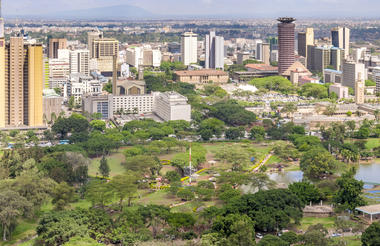
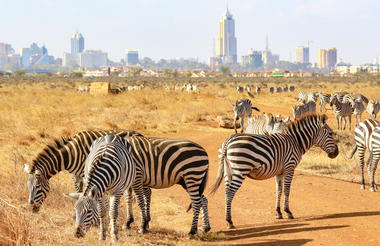
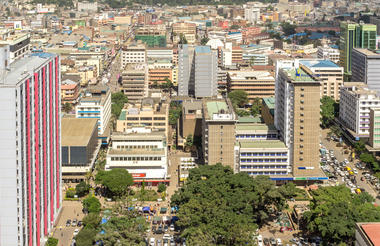
Depart after morning breakfast for the drive through the affluent Karen Suburbs – named after Karen Blixen of the Out of Africa fame to the dry lands of Magadi. You will note a remarkable difference in terrain as well as weather. The altitude changes from 1,795m above sea level (Nairobi) to 600m above sea level (Magadi). Arrive at Olorgesaillie where you will be met by your specialist guide for the tour.
Olorgesailie pre-historic site is world-renowned as the “factory of stone tools” and the only place in the world with such a large number. This Acheulian site is characterized by in-situ displays of prehistoric materials including numerous hand axes, and fossilized skeletons of extinct species of elephants and hippopotamuses dating back from 1.2 million years ago.
The prominence and accumulation of human tools represent actual camping places of early men and evidence that the human species had a tropical origin. The site is in a lake basin that existed about 100,000 to 200,000 years ago. Olorgesailie has excellently preserved biological and cultural evidence about the evolution of man. This was made possible by heavy falls of alkaline volcanic ash from the nearby Mt. Suswa and Mt. Longonot, which might have contributed much to the accumulated ash in the lake basin. There is evidence of a humid climate during part of the Middle Pleistocene that is given by temporary lakes and swamps that exist in the area today. The sediments left by the lake cover an area of 80 km². After the tour return to your Nairobi hotel for a relaxed evening awaiting.
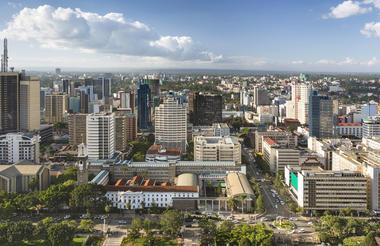
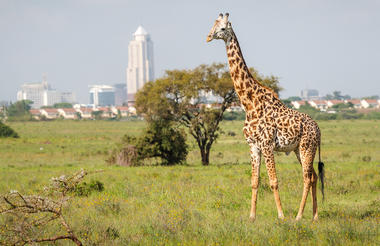
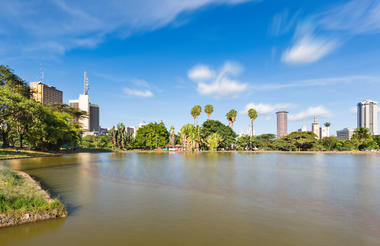
After breakfast depart in the early morning for Samburu Game Reserve, home to several species only found north of the equator, in the land of the colourful Samburu tribe, close relatives of the Maasai people. It offers a unique view of rounded and rugged hills and undulating plains. The mix of wood and grassland with the forest and wetlands is home to various animals and birds. Lunch is served at the lodge, and later in the afternoon, you go for a game drive until sunset.

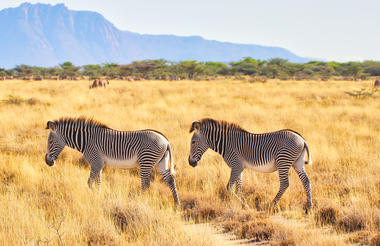
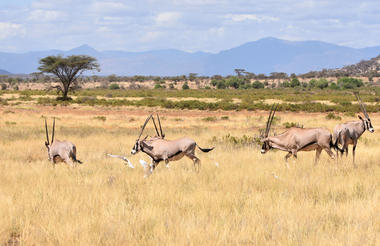
Depart today for a hike on the sacred Mountain of the Samburu in the North. Mount Ololokwe, also known as Ol Donyo Sabache, is a sacred desert mountain rising from the vast plains that surround the Isiolo area in the North of Kenya. Ololokwe doesn’t stand alone. Two smaller mountains connect to it forming a horseshoe around a valley with one entrance. This place is called Sabache – named after the clasp of the Samburu woman’s necklace and a symbol of beauty in their culture. From a distance, the various ranges around Samburu look dominant before eventually giving a glimpse of the huge and rugged Ololokwe cliff face, its dominance clearly becoming obvious, this desert mountain towers over the landscape and justifies its role as a sacred place for the Samburu people.
It’s highly revered because it provides food and water for the locals and their livestock in this predominantly arid area. Being pastoralists, the Samburu place great value to livestock and during drought they use this mountain for prayers.
At the top is a plateau, giving one the most beautiful view of the surrounding area – Mathews ranges, Aberdares in a haze of blue, Mt. Kenya with its glistering snow peaks is clearly an awe to behold. The temperatures are much cooler and it’s windy at the top. A quick walk around takes you to a forest area and a clearing from where streams of crystal-clear water flow from the springs, giving much-needed life to the animals, birds and plants enjoying this oasis in the sky. Return late afternoon and if time allows enjoy some game viewing at the reserve before returning to your camp for a relaxed evening of cultural activities
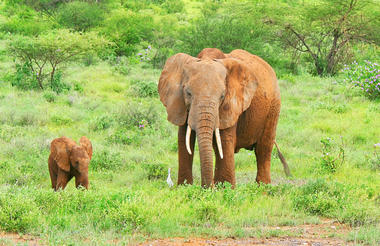
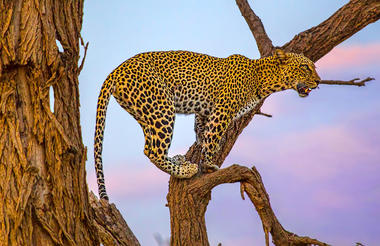
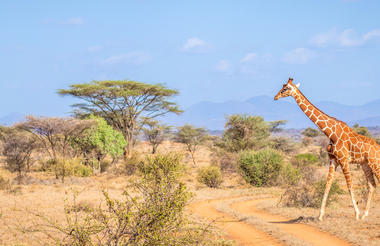
Depart after breakfast with lunch boxes for Ngare Ndare Forest, it is a lush indigenous forest at the Northern foothills of Mt. Kenya. Azure pools glisten at the bottom of waterfalls and 200-year-old trees stretch into the canopy supporting a variety of bird and animal life. The forest is a vital Elephant corridor in use for centuries. Enjoy forest walks and a canopy walk. This is an active day.
Later, depart for the colonial town of Nanyuki. The town was started by British settlers during the early days of colonial Kenya in 1907, some of their descendants still live in or around the town. It is currently multi-cultural and the market centre for farms, ranches, game parks and wildlife conservancies in the region. Check into your hotel for dinner and overnight
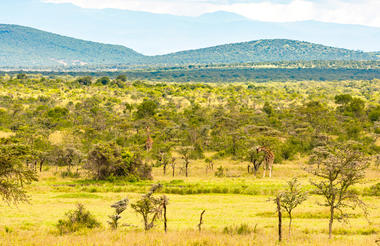
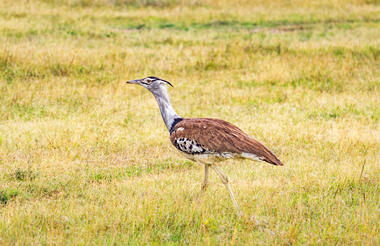
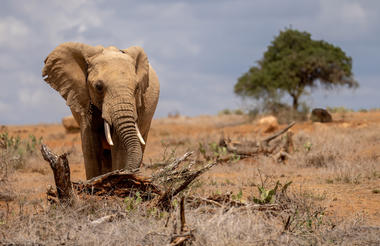
Depart after breakfast with a lunch box for Twala Tenebo for a day of cultural activities and conservation activities. One of the highlights will be the Baboon walk in the afternoon before returning to your hotel for the evening. Twala-Tenebo is located in the semi-arid Laikipia plateau, near Mount Kenya in northern Kenya. There, a cooperative of over 200 women from six different Maasai groups coexist with the diverse wildlife and sustain themselves through aloe farming, beadwork, beekeeping, and ecotourism—offering authentic Maasai cultural experiences.
Enjoy a memorable baboon walk alongside troops to learn that baboons, and wildlife in general, are a resource worth protecting or enjoy walks with the Maasai and their cattle to learn their authentic herding techniques. Landscape tours to learn about the medicinal plants and other importance of trees to the Maasai people.
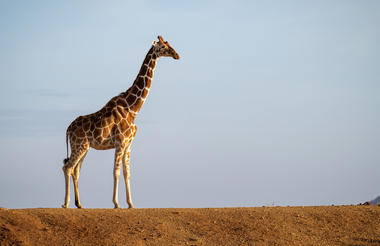

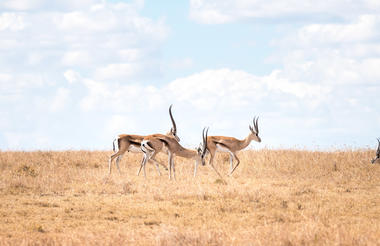
After breakfast, drive to Ol Pejeta Conservancy, a beautiful private game reserve and home to rare species such as Beisa oryx, Rothschild's giraffe and black rhino. On the game drive, chances to spot lions, leopards, cheetahs, and elephants. Visit the chimpanzees from the Jane Goodall Institute at Sweetwater’s Chimpanzee Sanctuary. Other optional activities include bird walks, where you can observe several hundred species, horseback riding and camel riding (surcharge).
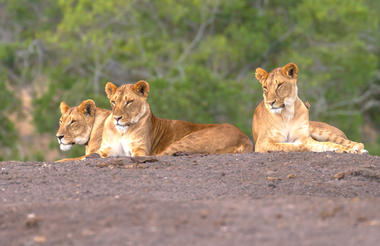
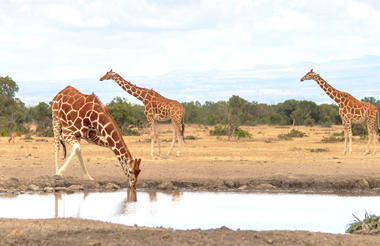
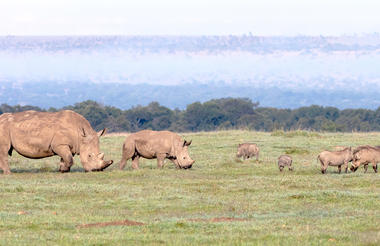
Spend another exciting day exploring all Ol Pejeta has to offer. Perhaps book a behind-the-scenes conservation tour or visit the last northern white rhinos on the planet ( at extra cost). Maybe you just want to relax and enjoy the lodge and soak up the tranquillity of the African bush.
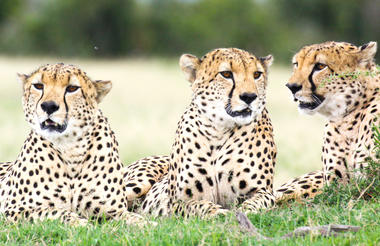
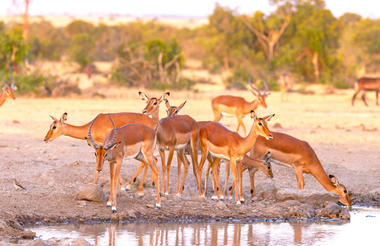
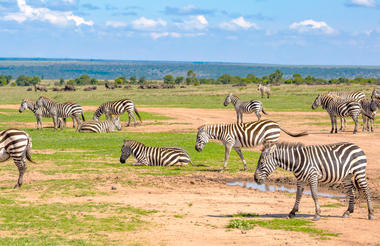
After breakfast, head Southwards with a stop at the Equator line as well as at Thompson Falls. Enjoy a late lunch at Lake Naivasha followed by an afternoon boat excursion. This will take you to Crescent Island, home to several giraffes and zebras which have become habituated to humans and you can walk among them. The boat ride is a great opportunity to view hippos and many species of waterfowl on the lake.
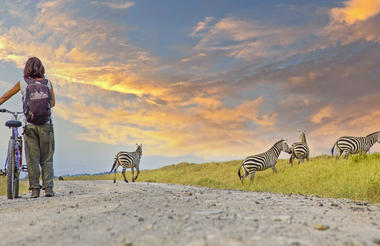
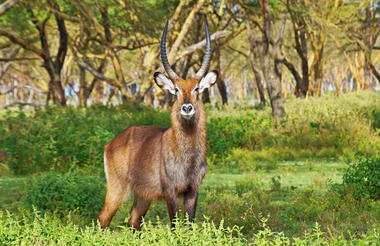
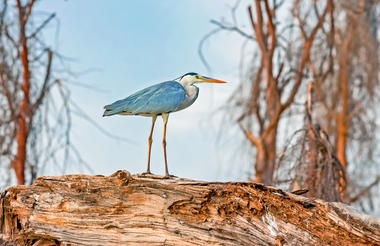
Drive to Loita Hills and check into your camp for the next 2 days full of camp activities.
Activities are:
Meet Maasai Tribesmen & Women
Get an authentic, up close, and personal experience with real Maasai tribe people.
Maasai Warrior Training
Learn what it takes to become a Maasai Warrior with personal training from real warrior guides.
Walk In Nature
Walk tall with Maasai tribesmen through the Loita Hills and natural landscapes of Maji Moto
Nature's Gift
Learn about local wildlife, trekking as nomads, and the plants that are vital to Maasai traditions.
Hot-Spring Bathing
Relax, unwind, and bathe in the mineral rich volcanic hot spring that Maji Moto is famous for
Immerse in Traditional Maasai Life
See traditional Manyatta homes in an onsite Maasai women’s village for a look at daily life and
crafts.
Maasai School Visit
Visit a Maasai primary school benefiting the community’s youngest minds whilst reinforcing culture.
Campfire Stories
Soak up the magical evening starlight and ancient Maasai stories and songs with Warriors at the
campfire
Track Wildlife
Enjoy the exciting wildlife that call Loita Hills and Plains home with your skilled local Maasai guide.
The Art of Bush Living
Learn vital Maasai bush skills such as fire making, herb uses, coexisting with wildlife and more.

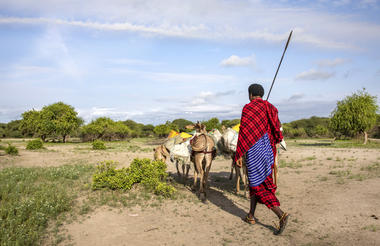

Spend another impactful and immersive day soaking up all there is to know about Masai culture from the local tribes.

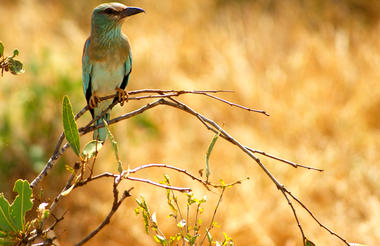
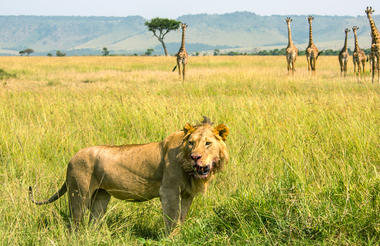
After breakfast, drive back to Nairobi and from there you will be escorted to the airport for your flight home.





